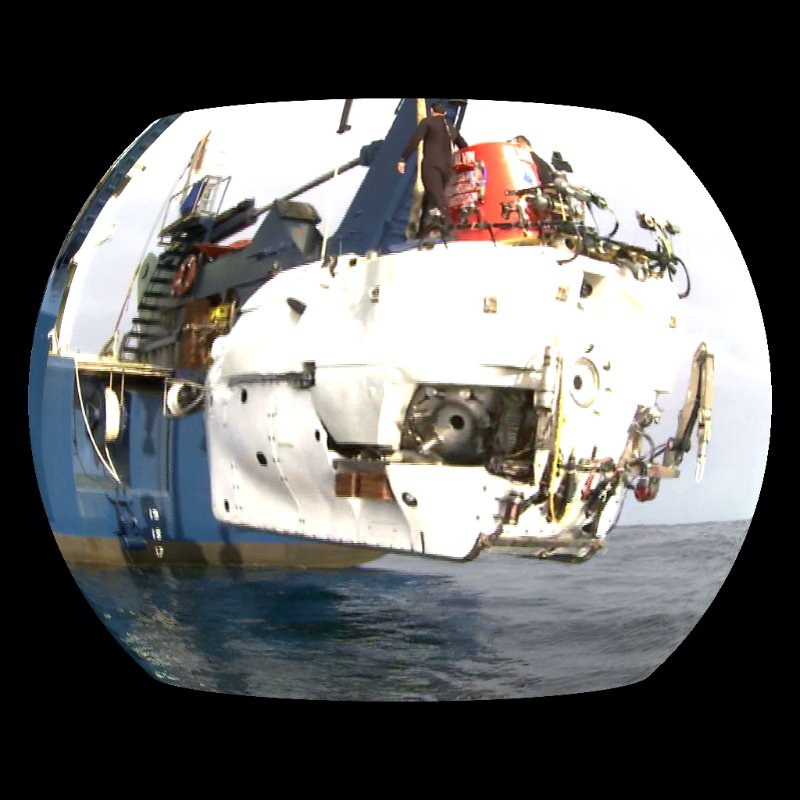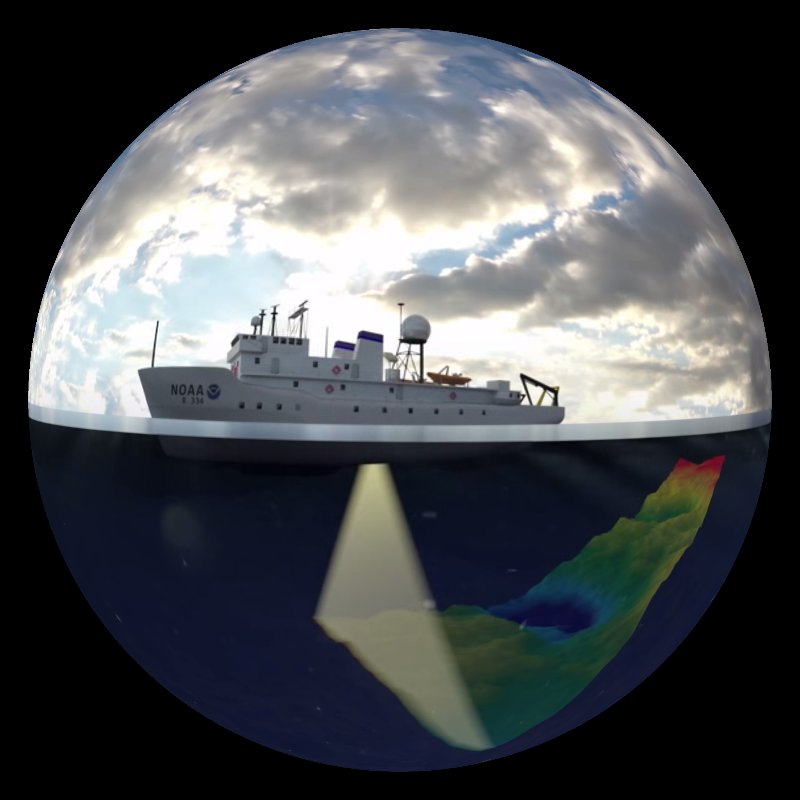ClimateBits: Phytoplankton

This short film explores more about the importance of phytoplankton to the ecosystem.
Mosquito Bay in the Caribbean island of Vieques literally lights up at night.
This is because it is home to almost a million individuals of Pyrodinium bahamense, a specie of tiny dinoflagellates that you can’t see during the day but lights up at night through bioluminescence. Much of the life in the ocean is tiny, from the tiny glowing creatures of the shallow and deep, to phytoplankton that build the base of the marine food web, and chemotrophic bacteria and archaea in hydrothermal vents. Though these organisms might be hard to see, they light up the sea with a deluge of life.
Download an SOS playlist for this module.

This short film explores more about the importance of phytoplankton to the ecosystem.

In contrast to surface level phytoplankton, many tiny organisms live deep underwater near hydrothermal vents. This short film explains why and how life thrives in these areas.
For SOSx use Deep-Sea Vent Locations.

This short film dives deep into the mysteries of our ocean, including the tiny organisms that live there.

This dataset displays information remotely sensed by satellites that tracks the location and extent of photosynthesizing organisms in the ocean in near-real-time.
For SOSx use Biosphere: Marine Chlorophyll Concentration and Land Vegetation.

Phytoplankton are the primary producer for the ocean food web. Though they are tiny they have a huge impact on the ecosystem. Notice where different sized phytoplankton occupy different waters—mostly based on temperature.